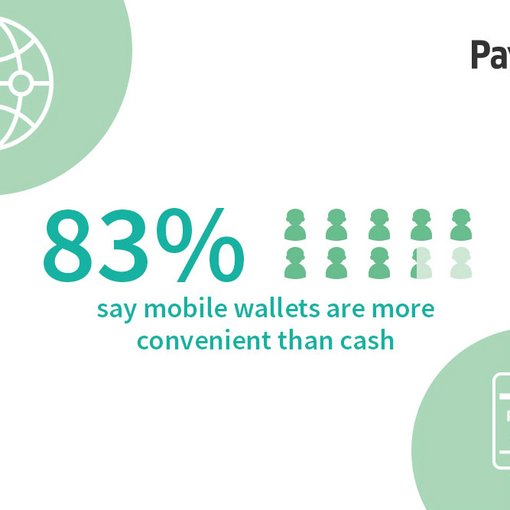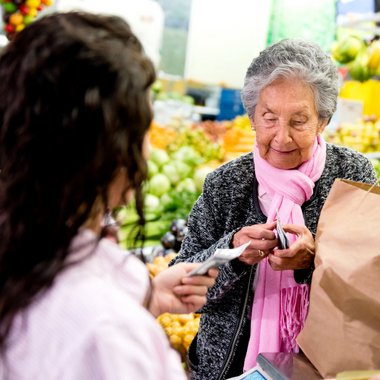
- 5 minutes read
The changing face of payments in the digital age
According to Lost In Transaction, 55% of Brits, 54% of Americans and 52% of Canadians doubt if they’ll need notes and coins to shop in two years’ time. What does this mean for the future of payments?
According to Lost In Transaction, Paysafe’s body of independent research on shopping habits and payment trends, 55% of Brits, 54% of Americans and 52% of Canadians doubt whether they’ll need notes and coins to shop in two years’ time.
Contactless was initially the main beneficiary of this trend, at least in Canada and the UK. But mobile wallets and other alternative payment methods are quickly gaining ground. Indeed, it seems as if a second sweeping wave of change in payment behaviour is just over the horizon.
So what does this mean for the future of payments? And what do merchants need to do to survive and thrive as the landscape continues to evolve?
Alternative payments: a generational trend
The trend towards alternative payments is generational. An overwhelming 86% of 18 to 24-year-olds and 89% of 25 to 34-year-olds expect they’ll be using their mobile wallet more in two years’ time.
What’s more, while a majority of consumers report not having tried innovations such as cryptocurrencies and voice-activated systems, they’ve heard of them. And almost half expect merchants to offer these new options in the near future.
Clearly, mobile wallets and alternative payments are here to stay. And, as the younger demographics become the dominant consumer groups, they’ll inevitably become the new normal.
The currency of convenience
The growing preference for mobile wallets and alternative payments fits into a larger pattern.
Consumers are growing increasingly comfortable with using their smartphone to shop. And this has shaped their attitudes and created new buying behaviours. Trends such as dual-browsing show that the buyer’s journey isn’t linear anymore, and that the divide between online and offline is also blurring.
Convenience is becoming one of the main drivers of consumer behaviour. This holds true for the entire shopping experience, up to and including payment. Case in point, 83% of respondents in Paysafe’s study agreed that mobile wallets are more convenient than cash. 79% went even further and said that they agreed mobile wallets are more convenient than contactless.
The implications of how convenience affects the shopping cart experience is important for the future of commerce. For merchants, the message is clear: either keep up with how customers like to pay, or they’ll take their business elsewhere.
Choice, convenience and accessibility: the recipe for success
More and more, the successful merchant is the one who offers the overall experience that customers have come to expect. Those who fail to adapt will miss out and, eventually, lose out.
So what does the shopping experience of the future look like?
Well, in a nutshell, it’s all about choice, convenience and accessibility.
Choice
There’s no doubt that digital commerce has put the balance of power firmly in the consumer’s hands. As a result, merchants can no longer afford to offer limited payment options. They must offer a whole range. If they don’t, they’ll lose those consumers who choose not to use certain payment methods.
Convenience
It’s not hard to see why customers like speed and simplicity which is why contactless and mobile payments have become so popular. As payment methods become more slick and agile, patience with old-fashioned or burdensome checkouts will wear thin with the end user.
Accessibility
Last but not least, consumer attitudes to shopping are increasingly fluid. People like shopping in the real world but paying digitally. Equally, they may choose to scan their phone and make a purchase whilst standing in the middle of an aisle at a department store..
As the line between physical and digital continues to blur, merchants would do well to ensure they offer a more seamless experience across different channels. By doing so, they’ll be better prepared for the next big wave of change and the exciting new opportunities it’ll bring with it.
Want more in-depth insights and data on the future of payments and consumer attitudes to cash? Download the full Lost In Transaction report.




